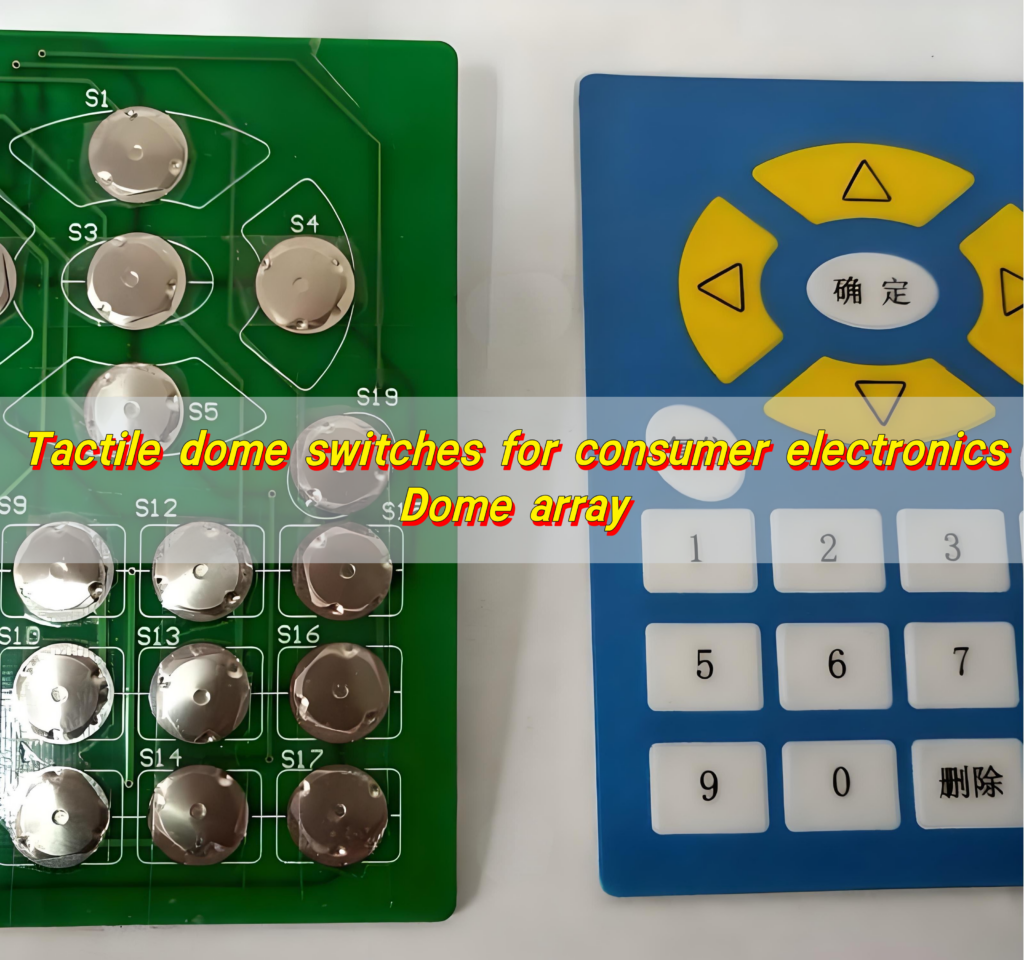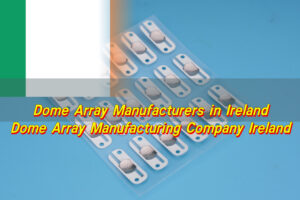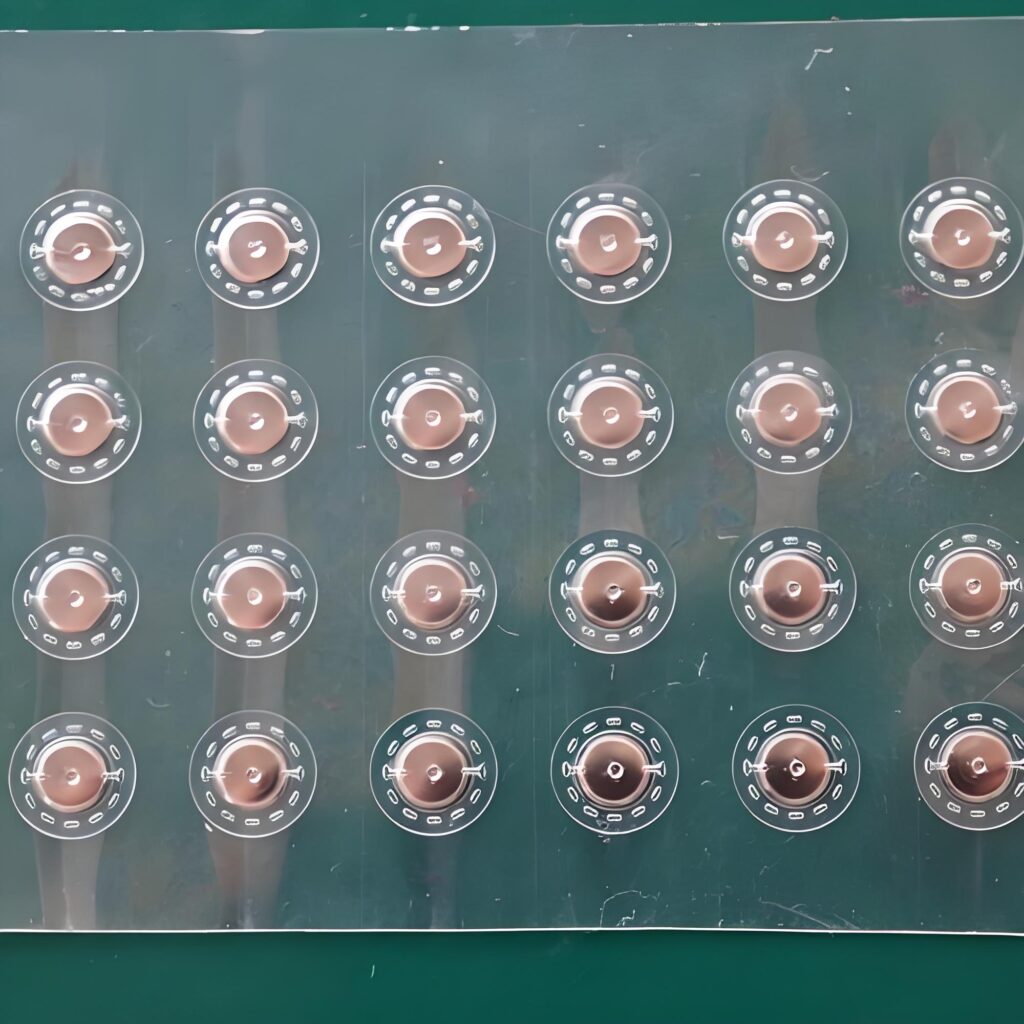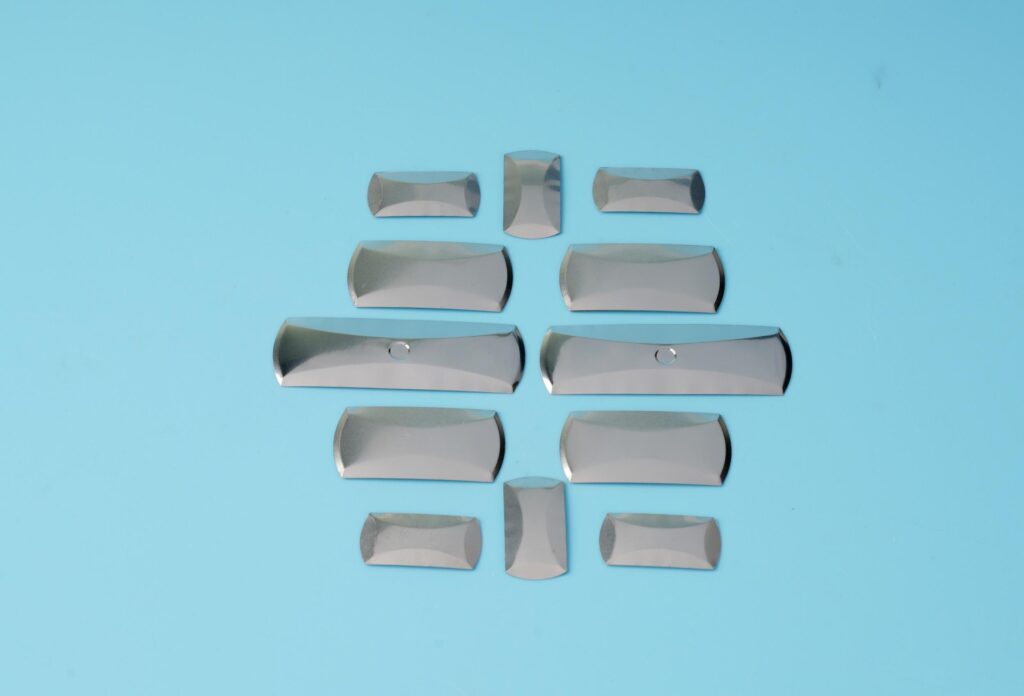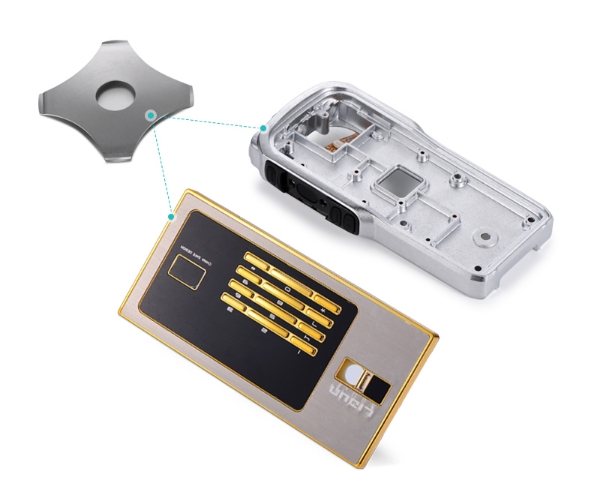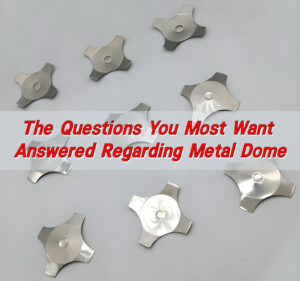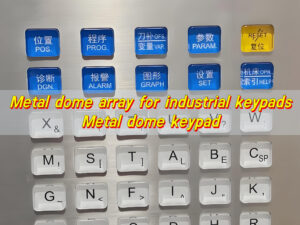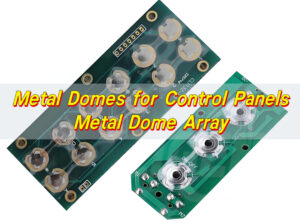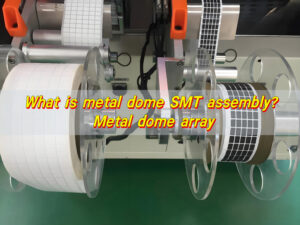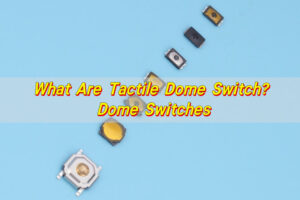Tactile dome switch is a push button switch commonly used in consumer electronics, especially for keyboards, calculators and other input panels. It provides tactile feedback through a metal dome and is widely used in smartphones, laptops, game consoles, remote controls and medical devices.
What are tactile dome switches used for in consumer electronics?
Tactile dome switches play a role in various devices around us. You can find them in TV remote controls, air conditioners, car dashboards, medical devices, smart appliances, security systems.
These switches sit underneath thin graphic overlays. When pressed, the dome flexes, touches a PCB contact point, and completes the circuit. It gives the user immediate tactile feedback and resets instantly.
Their key advantage is precision. Each press is clear and intentional. No mushy response.
In consumer electronics, especially in handheld devices, the feedback matters. People expect quick, positive reactions from every press.
What is a dome switch?
Dome switch is a type of momentary switch made of a metal dome, typically stainless steel. It sits on top of a PCB, separated by a spacer or adhesive layer.
When pressed, the metal dome collapses and makes contact with a pad on the PCB, closing the circuit and triggering a signal. Once released, it bounces back to its original shape — ready for the next click.
What makes this switch unique is the tactile response. That distinct snap is due to the mechanical properties of the dome itself.
Dome switches come in many shapes — round, triangle, cross, or oblong. Each design offers different feedback forces, travel distances, and click feels.
The dome switch PCB is often part of a larger dome array — a custom sheet with several domes pre-mounted for precise alignment and fast assembly. This dome array can be placed on top of the PCB like a single component, making production faster and more cost-effective.
What are the different types of tactile switches?
Not all tactile switches are the same. The main types include:
- 1. Metal Dome Switches
These are the most common in consumer electronics. Known for their sharp tactile feedback, they’re used in everything from keypads to medical instruments.
- 2. Snap Dome Switches
These are a subtype of metal domes, known for their precise “snap” feel. They’re often found in high-use applications like POS terminals and industrial keypads.
- 3. Rubber Dome Switches
Often seen in traditional keyboards or remote controls. These offer softer feedback. While cheaper, they wear out faster and feel less responsive.
- 4. PCB-Mounted Tactile Switches
These are mechanical switches soldered directly onto the board. Some are low-profile. Others have higher actuation forces. They’re ideal where space is limited but tactile feedback is needed.
Each type has its place. But metal domes — particularly in dome arrays — win out when it comes to combining feedback, reliability, and slim design.
Are rubber dome switches tactile?
Rubber domes use silicone or rubber material to collapse and return. The feedback is soft and spongy. It’s there, but it’s not sharp. Over time, the rubber may lose its bounce, reducing the click feel.
In contrast, metal domes offer a crisp, audible snap. It’s unmistakable. It doesn’t fade with use.
How do dome buttons work?
Dome buttons are a blend of smart design and precision mechanics. Here’s a simple breakdown:
- Under the Button: A stainless-steel dome sits between a top overlay and a PCB contact pad.
- When Pressed: The dome flexes downward, completing the circuit by touching the pad.
- Response: You feel a solid click. A signal is sent. The dome then springs back into place. It’s instant, clean, and consistent.
Some domes are engineered to handle over a million actuations without losing force or response. Domes also vary by force — from light-touch 180gf domes to firmer 350gf domes.
Dome switch vs membrane: Which is more reliable?
It depends on the application. But in most consumer electronics, dome switches — especially metal dome arrays — are more reliable and satisfying to use.
Metal Dome Switch Advantages:
- Strong tactile feedback
- Longer lifespan (up to 5 million presses or more)
- Better resistance to dust and moisture when sealed
- More precise actuation
- Easier integration into complex interfaces
Membrane Switch Limitations:
- Soft or no tactile feedback
- Shorter lifespan
- More prone to wear
- Not ideal for fast, repeated pressing
Membrane switches can still be useful — for example, in microwaves or control panels where feedback isn’t critical. But where feel and durability matter, dome switches win.
What are the key electrical switch types for electronics?
Consumer electronics rely on many switch types. But here are the most common:
1. Tactile Dome Switches
Perfect for keypads, remotes, and small devices. Their snap feedback makes them ideal for intuitive user interfaces.
2. Toggle Switches
Used in older or industrial devices. They offer visible on/off positions.
3. Rocker Switches
Common in appliances. Easy to operate but bulky for compact electronics.
4. Slide Switches
Good for simple mode switching. Often used in toys or handheld gadgets.
5. Push Button Switches
Simple, direct action. May or may not have tactile feedback. Often paired with dome switches.
Among them all, tactile dome switches strike the best balance between compact size, reliability, and user feel.
Where are dome tact switches commonly used?
Dome tact switches have carved a niche in nearly every segment of the electronics world. You’ll find them in:
- Remote controls: every button has a dome for crisp feedback.
- Keyless entry pads: reliable performance under daily use.
- Smart home devices: thermostats, security panels, lighting systems.
- Wearable electronics: fitness trackers, smartwatches.
- Medical devices: quick-response inputs in diagnostic tools.
- Car dashboards: tactile response in infotainment systems.
- Gaming accessories: menu navigation buttons, handheld triggers.
The flexibility of dome tact switches lies in their adaptability. Whether mounted on rigid PCBs or integrated into flexible circuits, they offer consistency across applications.
Conclusion:
Tactile dome switches provide a perfect “click”, reassuring feedback. From dome switch keyboards to snap dome switches in smart gadgets, their use is everywhere. Dome switch PCBs and pre-mounted dome arrays make them easy to install and scale — saving manufacturers time and cost.
Compared to membrane switches or rubber domes, metal dome switches shine in durability, feel, and precision. They’re engineered to last and crafted for real-world interaction.
Need tactile dome switches that meet your exact specs? We’re here to help — contact us today at sales@metal-domes.com


